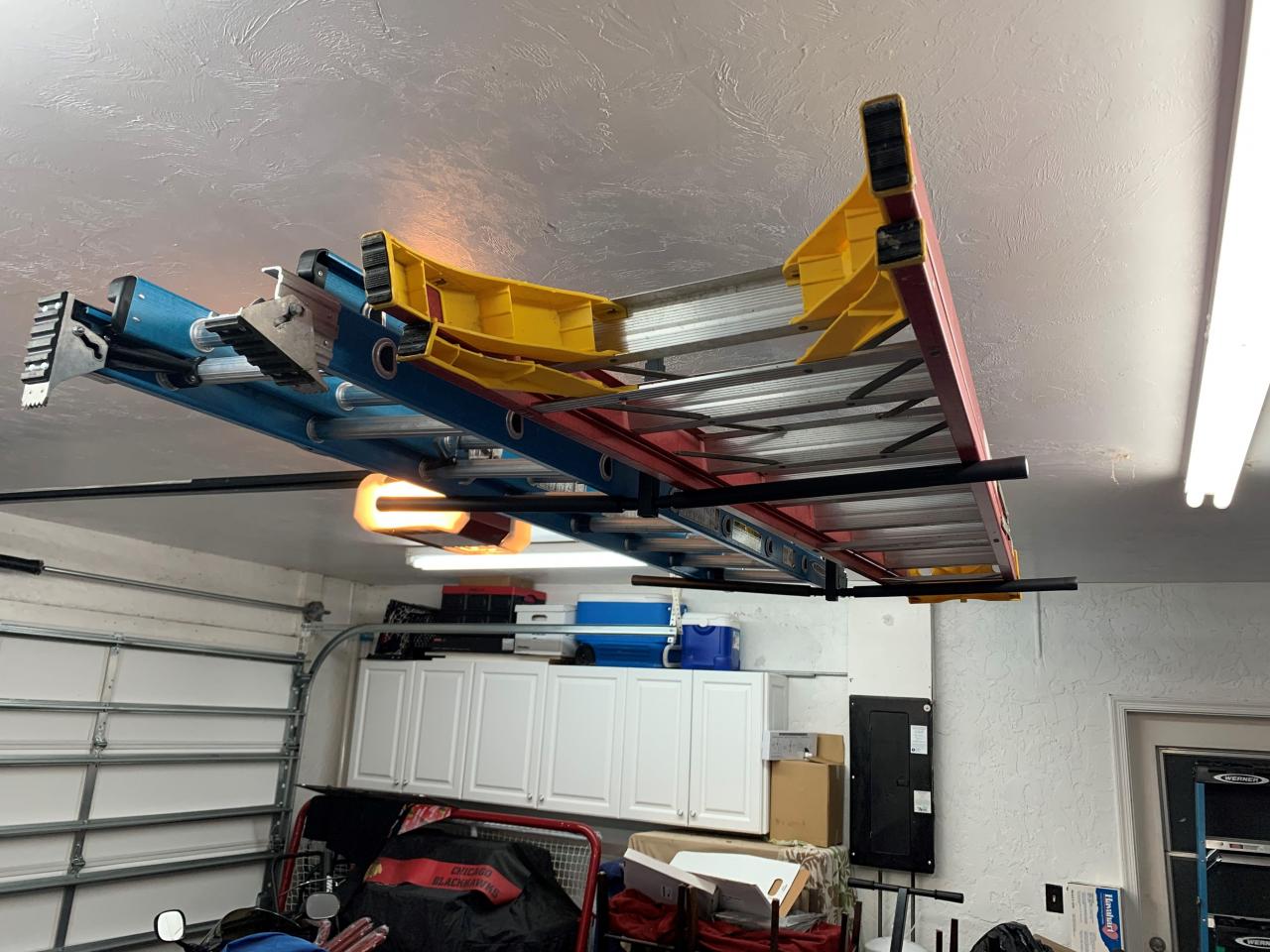

Articles
How To Store An Extension Ladder
Modified: May 6, 2024
Learn the best techniques for storing an extension ladder with these helpful articles. Keep your ladder safe and organized for years to come!
(Many of the links in this article redirect to a specific reviewed product. Your purchase of these products through affiliate links helps to generate commission for Storables.com, at no extra cost. Learn more)
Introduction
Storing an extension ladder properly is essential to keep it in good condition and ensure safety. Whether you use it for home improvement projects, landscaping, or other tasks, taking the time to store your extension ladder correctly will help extend its lifespan and prevent any potential accidents.
In this article, we will guide you through the process of storing an extension ladder effectively. We will cover safety precautions, clearing out storage space, choosing the right storage location, cleaning and inspecting the ladder, removing any attachments or accessories, collapsing the ladder, securing it for storage, and different options for storing it upright or horizontally. Additionally, we will provide you with some valuable storage tips to ensure your ladder remains in top-notch condition.
By following these steps, you can keep your extension ladder safe and secure while maximizing the available storage space.
Now, let’s dive into the details and learn how to store an extension ladder properly.
Key Takeaways:
- Properly storing your extension ladder is crucial for safety and longevity. Follow safety precautions, clear storage space, choose the right location, and secure the ladder to ensure it remains in optimal condition.
- Whether storing your ladder upright or horizontally, prioritize safety and proper maintenance. Regularly inspect and maintain the ladder, and keep the storage area clean and organized to ensure its safety and reliability.
Read more: How To Store A Ladder
Safety Precautions
Before you start storing your extension ladder, it’s crucial to prioritize safety. Here are some safety precautions to keep in mind:
- Wear Personal Protective Equipment (PPE): Always wear the appropriate PPE, such as sturdy work gloves and safety glasses, when handling and storing your ladder. This will protect you from any potential injuries.
- Ensure Stability and Level Ground: If you’re working on a ladder, make sure it is on stable ground. This applies when you’re moving it into storage as well. Uneven or slippery surfaces can cause the ladder to shift or collapse, leading to accidents.
- Inspect for Damage: Before storing your ladder, thoroughly inspect it for any damage or wear and tear. Look for cracks, bent rungs, or loose parts. If you notice any issues, repair or replace the ladder before storing it.
- Proper Lifting Techniques: When lifting or moving the ladder, use proper lifting techniques to avoid straining your back or causing injury. Bend your knees, keep your back straight, and use your leg muscles to lift.
- Secure the Ladder During Storage: Ensure that the ladder is properly secured during storage to prevent it from falling over and causing damage or injury. Use straps or bungee cords to secure it to a wall or other sturdy structure.
- Store Away from Children and Pets: Keep your ladder stored in a location that is out of reach of children and pets. This will prevent any accidents or unwanted interactions.
- Follow Manufacturer’s Guidelines: Always follow the specific instructions provided by the ladder manufacturer for proper storage and handling. This will ensure that you are following the recommended safety practices.
By following these safety precautions, you can minimize the risk of accidents and injuries when storing your extension ladder. Safety should always be the top priority when handling any equipment, including ladders.
Clearing Out Storage Space
Before you begin storing your extension ladder, it’s important to ensure that you have enough space to accommodate it properly. Follow these steps to clear out the storage space:
- Remove Obstacles: Clear the area of any objects or clutter that may hinder the placement of the ladder. This includes moving furniture, equipment, or any other items that could obstruct the ladder’s storage location.
- Create Ample Space: Make sure there is enough space to maneuver the ladder comfortably. Allow for sufficient room to handle the ladder without any restrictions or potential hazards.
- Consider Alternative Storage Options: If you find that you don’t have enough space to store the ladder indoors, consider alternative storage options such as an outdoor shed, garage, or even a storage rental unit. These options can provide a safe and secure environment for your ladder.
- Organize Storage Area: Ensure that the storage area is well-organized and functional. Arrange other items in a way that allows you easy access to the ladder when needed and minimizes the risk of tripping or falling objects.
By clearing out the storage space and creating a safe and organized environment, you can ensure that your extension ladder is easily accessible and protected from potential damage.
Choosing the Right Storage Location
When it comes to storing your extension ladder, selecting the right storage location is crucial. Here are some factors to consider when choosing the storage location:
- Indoor vs. Outdoor: If possible, store the ladder indoors to protect it from the elements. Exposure to sun, rain, and extreme temperatures can cause damage and deterioration. However, if indoor storage is not an option, select a well-protected outdoor area.
- Climate Control: If storing the ladder indoors, ensure that the storage area has proper climate control to prevent temperature and humidity fluctuations that can impact the ladder’s condition.
- Access: Choose a location that provides easy access to the ladder when you need it. Consider factors such as proximity to your work area or how frequently you use the ladder.
- Protection from Physical Damage: Avoid storing the ladder in areas where it can be easily bumped, knocked over, or damaged. Select a location away from heavy machinery, vehicles, or busy areas.
- Stability: Ensure that the storage location is stable and level. A shaky or uneven surface can compromise the ladder’s stability and increase the risk of accidents.
- Keep Away from Moisture: When storing the ladder, choose a location that is dry and has good ventilation. Moisture can cause rust and corrosion, negatively impacting the ladder’s structural integrity.
- Consider Height Restrictions: If you’re storing the ladder vertically, make sure the storage space has adequate ceiling height to accommodate the ladder without causing any damage or inconvenience.
By considering these factors and selecting the right storage location, you can prolong the lifespan of your extension ladder and ensure it remains in good condition for future use.
Cleaning and Inspecting the Ladder
Before storing your extension ladder, it’s essential to clean and inspect it thoroughly. Follow these steps to ensure the ladder is in good condition:
- Remove Dirt and Debris: Use a soft bristle brush or a damp cloth to remove any dirt, dust, or debris from the ladder’s surface. Pay special attention to the rungs and joints.
- Check for Grease and Oil: Inspect the ladder for any grease or oil stains, especially on the rungs. These substances can make the ladder slippery and unsafe to use.
- Use Mild Detergent: If there are stubborn stains or grease marks, mix a mild detergent with water and gently scrub the ladder using a soft brush or cloth.
- Rinse and Dry Thoroughly: After cleaning, rinse the ladder with clean water to remove any residue. Let it dry completely before storing to prevent moisture buildup.
- Inspect for Damage: Examine the ladder for any signs of damage. Look for cracks, bent or damaged rungs, loose bolts or screws, or any other issues that may compromise the ladder’s safety and stability.
- Repair or Replace: If you notice any damage, repair it immediately before storing the ladder. Replace any broken or worn-out parts to ensure the ladder’s overall integrity.
- Tighten Loose Hardware: Check all the nuts, bolts, and screws on the ladder and tighten them if necessary. Loose hardware can affect the ladder’s stability and safety.
Regularly cleaning and inspecting your ladder not only helps extend its lifespan but also ensures that it remains safe to use. By taking the time to maintain your ladder, you are investing in your safety and the longevity of the equipment.
Read more: How To Store Ladders
Removing Any Attachments or Accessories
Before storing your extension ladder, it’s important to remove any attachments or accessories that may be attached to it. This will prevent damage to the ladder and ensure it can be stored properly. Follow these steps to remove attachments or accessories:
- Inspect the Ladder: Take a close look at the ladder and identify any attachments or accessories that are currently attached. This may include ladder standoffs, stabilizers, or levelers.
- Read the Manufacturer’s Instructions: Consult the ladder’s instruction manual or contact the manufacturer to understand the proper procedure for removing attachments. Different ladders may have specific instructions or specialized tools required for removal.
- Secure Tools and Accessories: If the attachments can be detached, securely fasten them together or place them in a bag or container for safekeeping. This will prevent them from getting lost or damaged during storage.
- Store Attachments Separately: Consider storing the attachments or accessories separately from the ladder. This will help keep them organized and easily accessible for future use.
By removing attachments or accessories, you ensure that the ladder is stored in its standard form, reducing the risk of damage and making it easier to store and handle. It’s important to follow the manufacturer’s instructions to ensure proper removal and storage of any extras that come with your ladder.
When storing an extension ladder, make sure to clean it thoroughly to remove any dirt or debris. Then, store it in a dry, well-ventilated area to prevent rust and damage. Use ladder hooks or a wall-mounted rack to keep it off the ground and out of the way.
Collapsing the Extension Ladder
Before storing your extension ladder, you’ll need to collapse it properly. Follow these steps to safely collapse your ladder:
- Ensure Stability: Place the ladder on a stable and level surface. Ensure that all locking mechanisms are engaged, and the ladder is secure before proceeding.
- Release Locks and Hinges: Locate the locks and hinges along the ladder sections. Release the locks and hinges carefully by following the manufacturer’s instructions or using the designated release mechanism.
- Lower the Fly Section: Start by lowering the fly section of the ladder. Slowly and steadily lower each rung until the ladder is fully collapsed.
- Collapse Remaining Sections: Once the fly section is collapsed, carefully collapse the remaining ladder sections one by one. Follow the proper sequence and ensure that each section locks securely in place.
- Check for Proper Alignment: Make sure that all ladder sections are properly aligned and locked in position. Double-check that the ladder is collapsed securely and will not unfold accidentally.
It’s important to remember that each ladder model may have unique instructions for collapsing. Always refer to the ladder’s user manual or the manufacturer’s guidelines for specific instructions on collapsing your extension ladder.
By following these steps, you can safely collapse your extension ladder and prepare it for proper storage.
Securing the Ladder for Storage
Once you have collapsed your extension ladder, it’s crucial to secure it properly for storage. This will prevent any accidental unfolding or movement during storage. Follow these steps to ensure a secure storage:
- Use Straps or Bungee Cords: Secure the collapsed ladder by using straps or bungee cords. Wrap them around the ladder and fasten them tightly to keep the ladder in a closed position.
- Attach Hooks or Wall Mounts: Install hooks or wall mounts in your storage area to hang the ladder securely. Attach them to a solid wall or a strong vertical surface.
- Hang the Ladder Vertically: If space allows, store the ladder in a vertical position by hanging it from its rungs. This helps to save floor space and keeps the ladder off the ground.
- Avoid Resting on Sharp Edges: Ensure that the ladder does not rest on any sharp edges or objects that could cause damage. Use padding or cushions if necessary to protect the ladder.
- Consider a Ladder Storage System: Invest in a ladder storage system designed to secure and organize your ladder. These specialized systems come with hooks, brackets, and straps specifically designed to keep your ladder stored safely.
- Ensure Accessibility: Position the ladder in a way that allows easy access when needed. Avoid blocking it with other items to ensure you can retrieve it easily without hassle.
By properly securing your extension ladder for storage, you not only prevent any accidental unfolding but also ensure that the ladder remains in good condition and is ready to use whenever needed.
Storing the Ladder in an Upright Position
If you have sufficient space, storing your extension ladder in an upright position can be a convenient option. Follow these steps to store your ladder vertically:
- Select a Sturdy Wall: Choose a sturdy wall or structure where you can lean the ladder securely. Ensure that the wall can withstand the weight of the ladder.
- Use Ladder Hooks or Brackets: Install ladder hooks or brackets on the wall according to the ladder’s dimensions. Place them at a suitable height to support the ladder without touching the ground.
- Lift and Lean: Lift the collapsed ladder and lean it against the wall, ensuring that it is straight and aligned with the hooks or brackets. Take caution when placing the ladder to avoid any injuries or damage to the ladder.
- Secure with Straps: Use straps or bungee cords to secure the ladder to the hooks or brackets. Wrap the straps around the ladder and fasten them tightly to hold the ladder in an upright position.
- Pad the Bottom: To further protect the ladder and the floor, consider placing padding or a cushion at the bottom where the ladder rests against the floor. This will minimize any potential scratches or damage.
- Leave Clear Space: Make sure to leave enough space around the ladder to prevent any obstructions or hazards. This will allow for easy access and reduce the risk of accidental bumps or falls.
Storing your ladder in an upright position not only saves space but also makes it more accessible for future use. Ensure that the ladder is securely fastened to the wall and take necessary precautions to prevent any accidents or damage.
Read more: How To Store Ladder In Garage
Storing the Ladder Horizontally
If you don’t have the space or appropriate wall structure to store your extension ladder upright, storing it horizontally is a viable option. Follow these steps to store your ladder horizontally:
- Clear a Flat Surface: Find a clean and level area where you can lay the ladder horizontally. Ensure the surface is free from any debris or sharp objects that could damage the ladder.
- Place Padding: Lay down a soft padding material, such as foam or an old blanket, to provide a cushioned surface for the ladder. This will help protect the ladder and prevent any scratches or dents.
- Position the Ladder: Carefully place the collapsed ladder on the padding, ensuring that it is fully supported and lies flat. Adjust the ladder as necessary to ensure it is evenly balanced.
- Secure with Straps: Use straps or bungee cords to secure the ladder to prevent any movement or shifting during storage. Wrap the straps around the ladder and tighten them securely, but be careful not to overtighten and damage the ladder.
- Keep Clear Space: Make sure there is sufficient space around the ladder to avoid any obstructions. This will make it easier to access the ladder when needed and reduce the risk of accidentally knocking into it or causing damage.
- Consider Ladder Storage Racks: If you have multiple ladders or limited floor space, you may consider using ladder storage racks. These racks are designed to hold ladders horizontally and can be mounted on walls or ceilings to save space.
Storing your ladder horizontally is a practical solution when upright storage is not feasible. Ensure that the ladder is properly secured and protected to maintain its integrity and prevent any accidental damage.
Additional Storage Tips
Here are some additional storage tips to keep in mind when storing your extension ladder:
- Label and Organize: If you have multiple ladders or other equipment in storage, consider labeling them to easily identify the specific ladder you need. Keep your storage area organized with designated spaces for each ladder.
- Regular Maintenance: Schedule regular maintenance for your ladder, such as cleaning, lubricating moving parts, and inspecting for any signs of wear or damage. This will help prolong the lifespan of your ladder and ensure it remains safe to use.
- Check Storage Conditions: Periodically check the storage area to ensure it remains free from moisture, pests, and any other factors that could cause damage to the ladder. Make any necessary adjustments to create a clean and safe storage environment.
- Keep Manual and Instructions: Store the ladder’s instruction manual and any accompanying documents in a safe place for future reference. These documents may contain important safety information or guidelines for proper storage.
- Regularly Assess Storage Space: As your storage needs change, regularly assess your available space and make adjustments to accommodate your ladder properly. This will help ensure that your ladder is stored safely and efficiently.
- Inspect Before Use: Before using your ladder, always inspect it for any signs of damage or wear, even if it has been stored properly. This includes checking the rungs, locks, and overall stability. Replace or repair any damaged components before using the ladder.
By implementing these additional storage tips, you can optimize the storage of your extension ladder, maintain its condition, and ensure it remains safe for future use.
Conclusion
Properly storing your extension ladder is essential for its longevity, safety, and ease of use. By following the guidelines outlined in this article, you can ensure that your ladder remains in optimal condition and is readily accessible for your future projects.
Remember to prioritize safety at every step, from wearing proper protective equipment to inspecting the ladder for any damage or wear. Clearing out storage space, choosing the right storage location, and cleaning the ladder before storage are also crucial steps to maintain its performance and durability.
Whether you opt to store your ladder in an upright position or horizontally, make sure it is securely fastened to prevent accidents and damage. Consider utilizing accessories such as hooks, brackets, straps, or specialized ladder storage systems to maximize space and maintain organization.
Lastly, don’t forget to regularly inspect and maintain your ladder, as well as check the storage area for any changes that may affect its condition. By staying proactive, you can ensure that your ladder is always ready for use and remains a safe and reliable tool for your projects.
By following these storage tips and maintaining your extension ladder properly, you can enjoy the benefits of a well-preserved ladder, prolong its lifespan, and prioritize your safety in every use.
Now that you've got your extension ladder neatly stored, why stop there? Sprucing up your garage can be just as satisfying. Dive into our guide on transforming cluttered spaces with clever hacks. From simple tweaks to full reorganizations, find fresh ways to streamline and enhance your garage's functionality. Get started and make your garage as efficient as possible!
Frequently Asked Questions about How To Store An Extension Ladder
Was this page helpful?
At Storables.com, we guarantee accurate and reliable information. Our content, validated by Expert Board Contributors, is crafted following stringent Editorial Policies. We're committed to providing you with well-researched, expert-backed insights for all your informational needs.
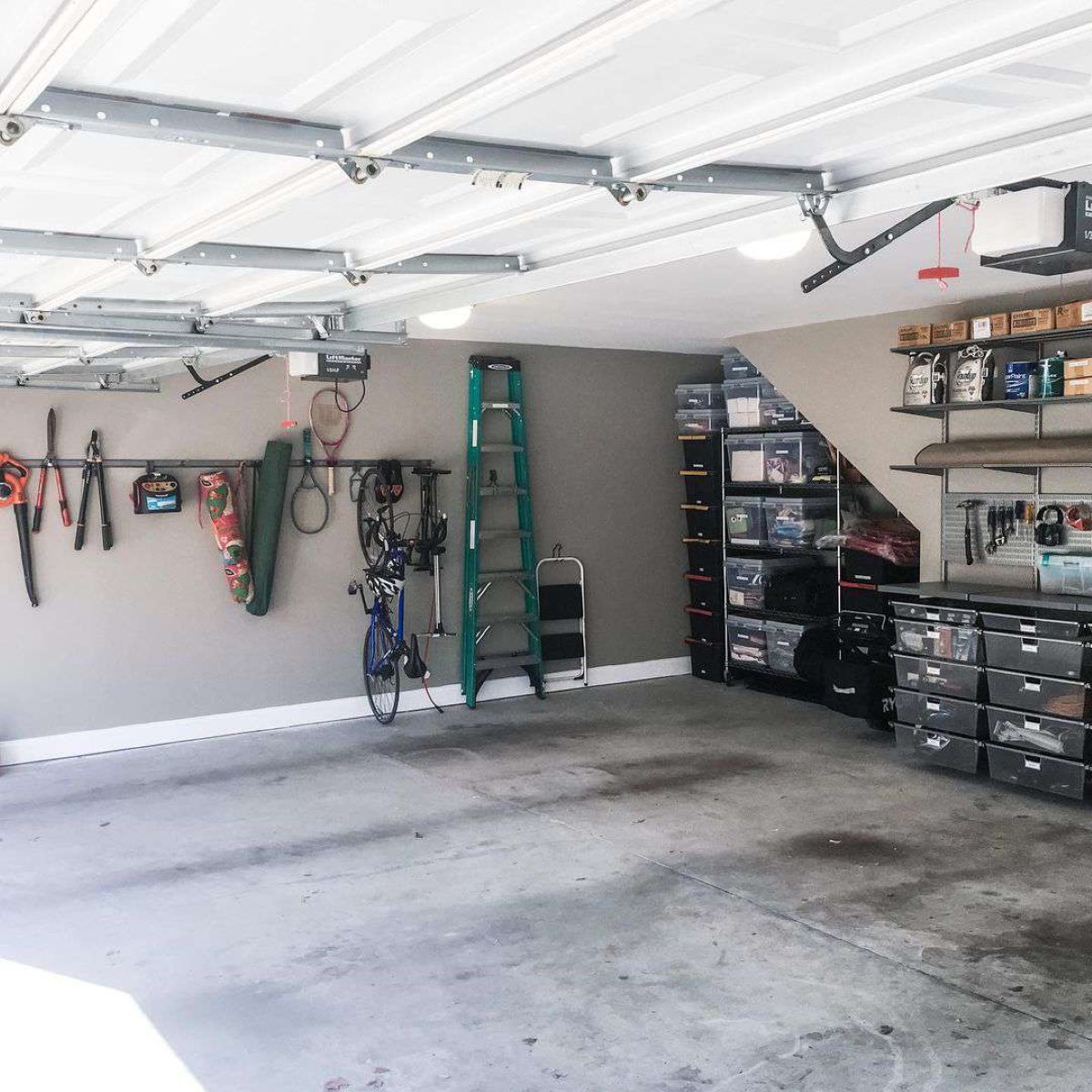
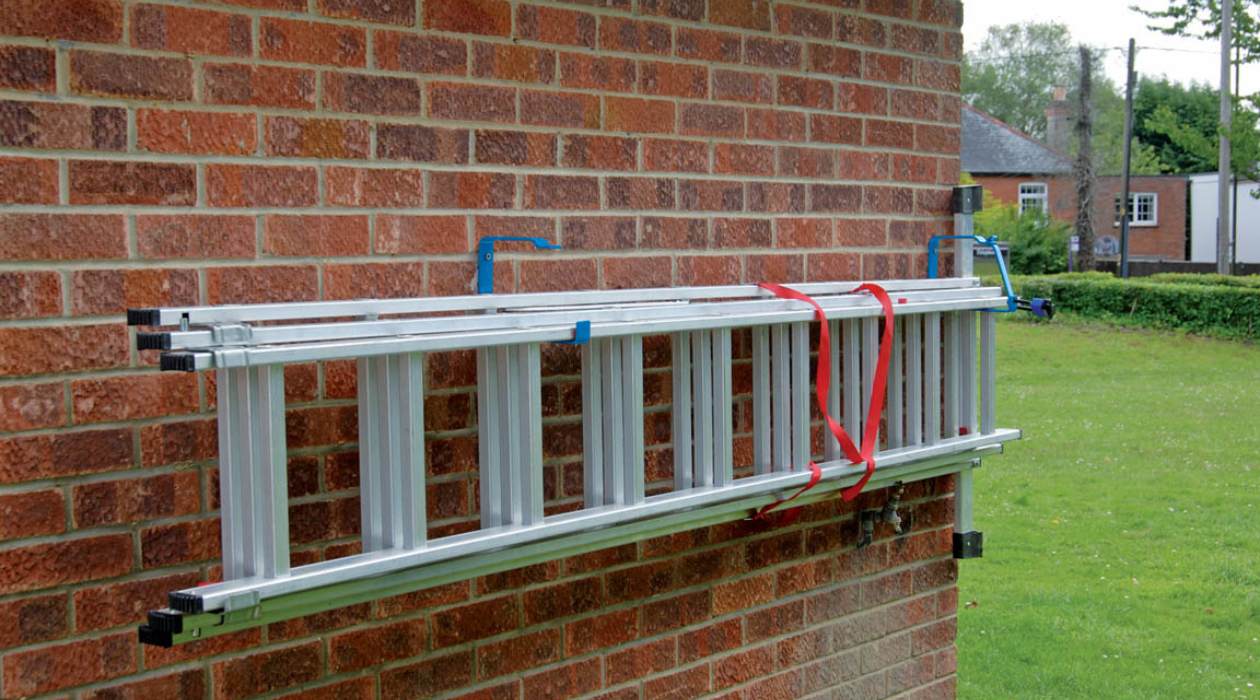
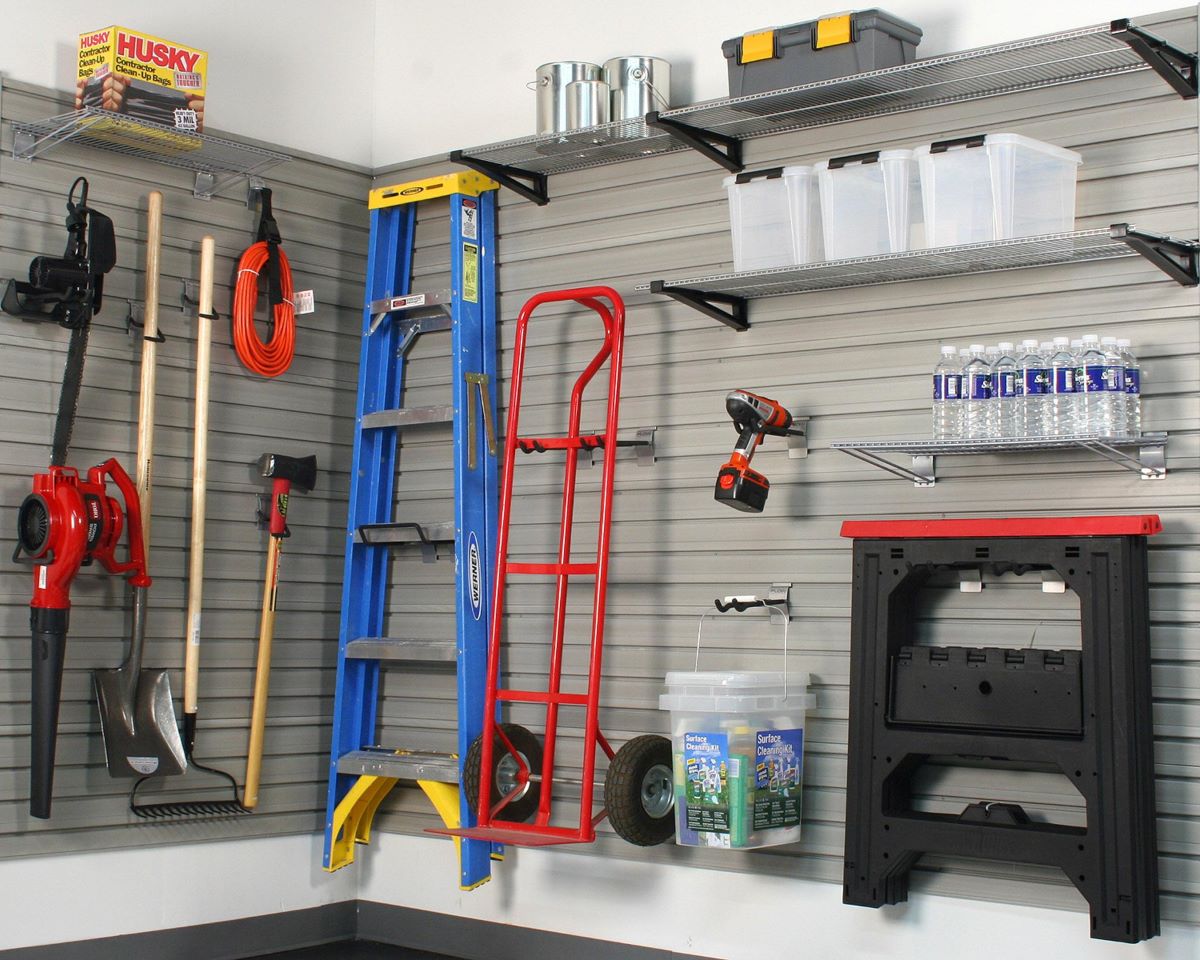
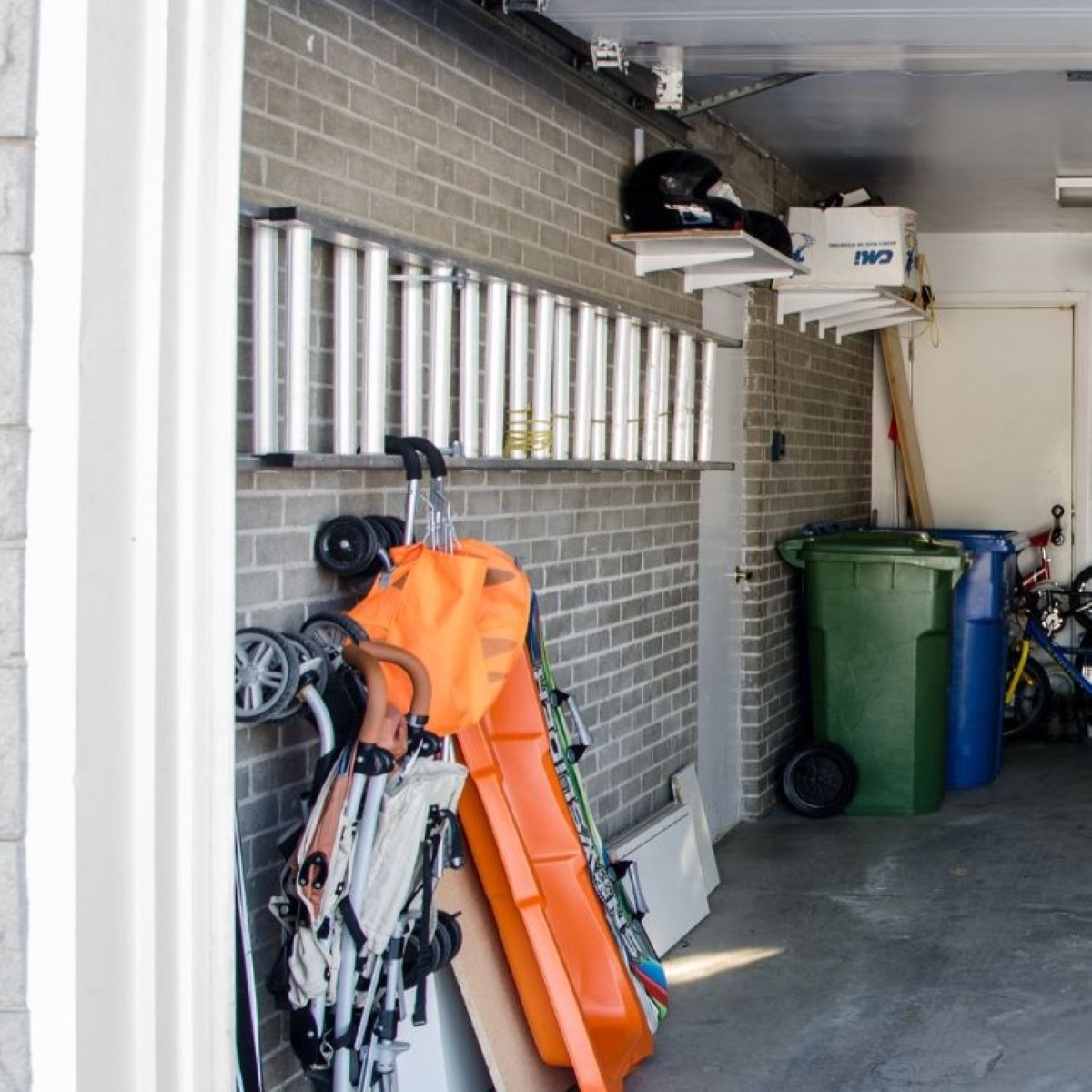
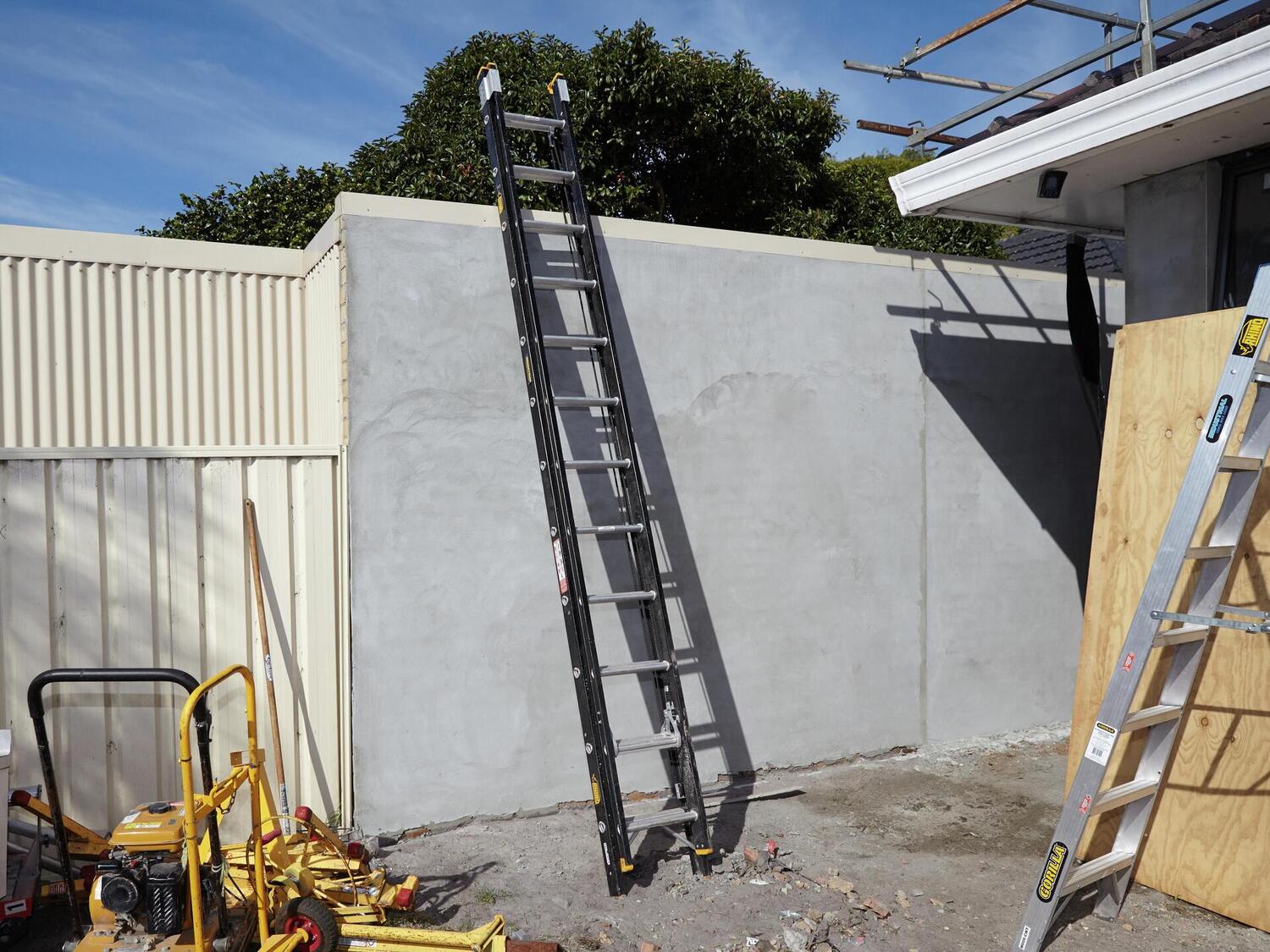
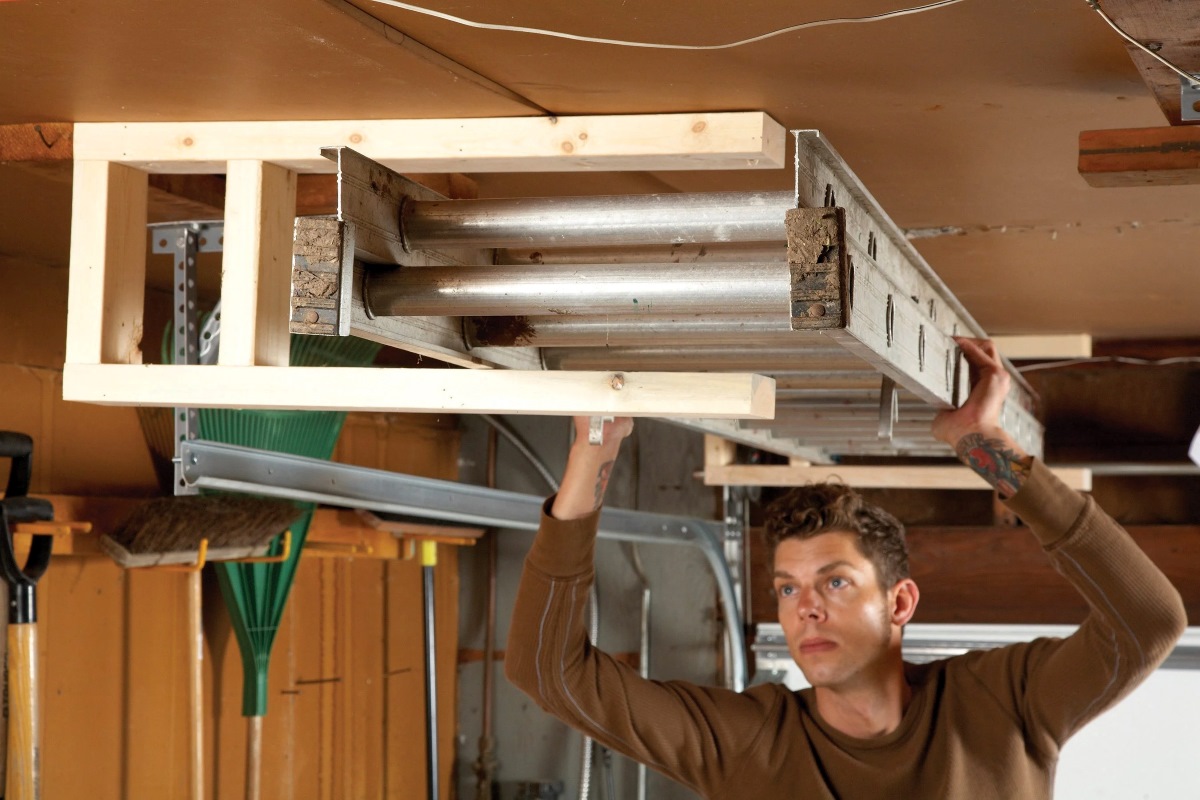
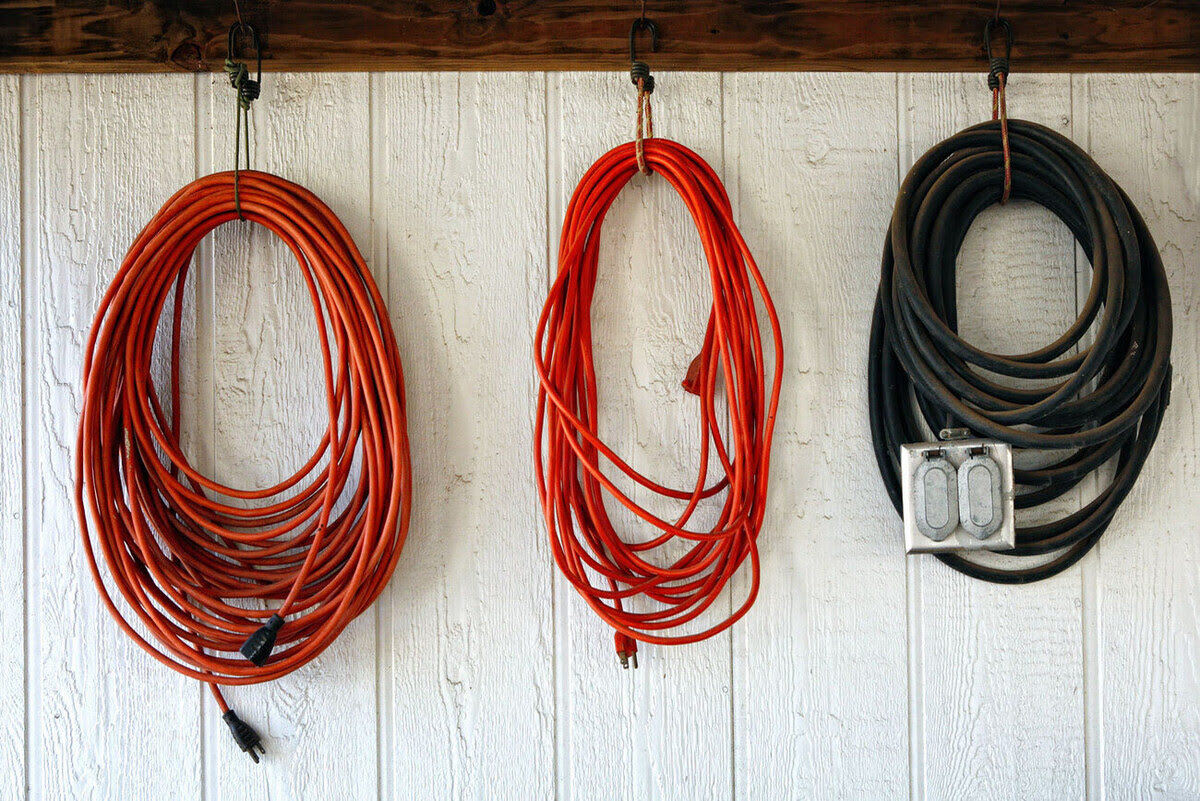
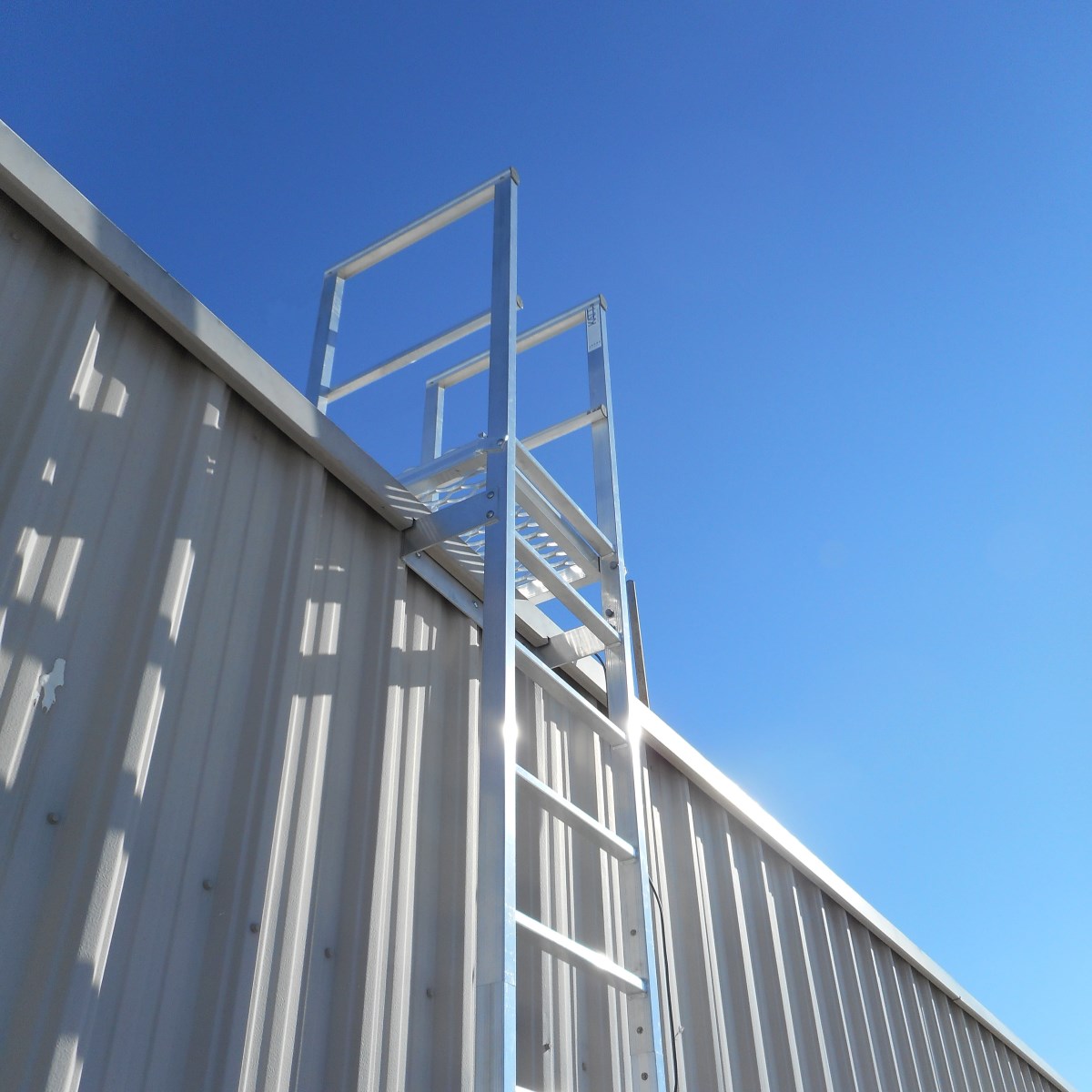
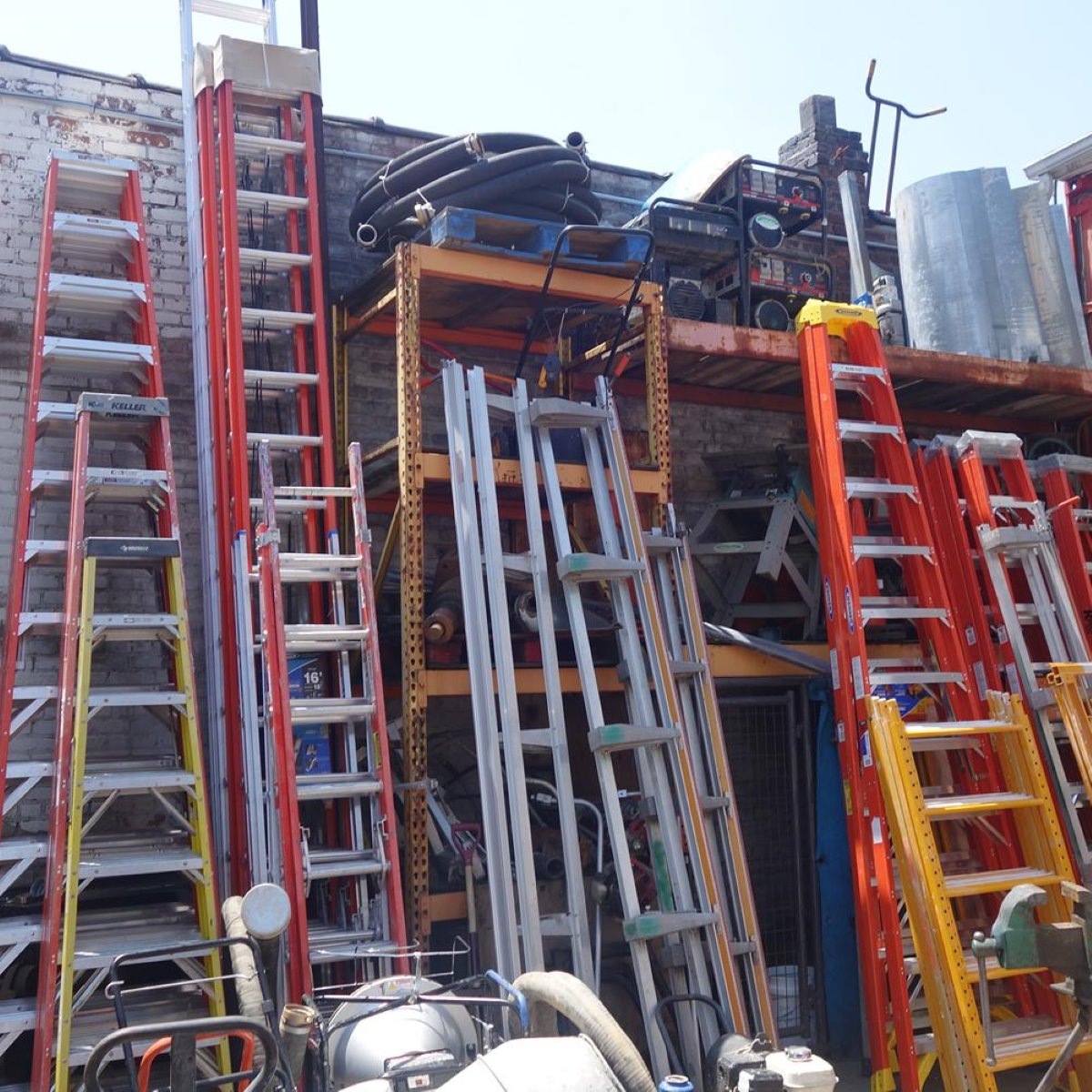
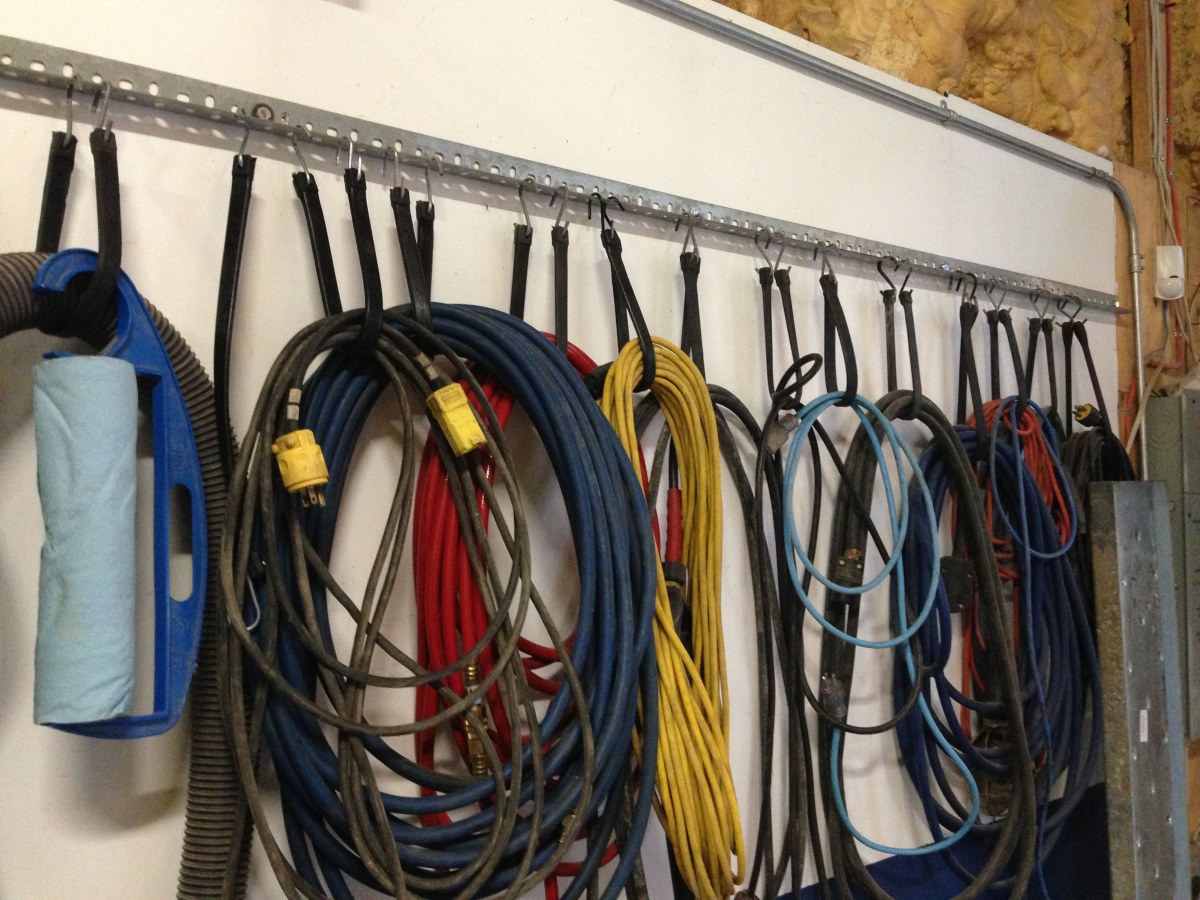
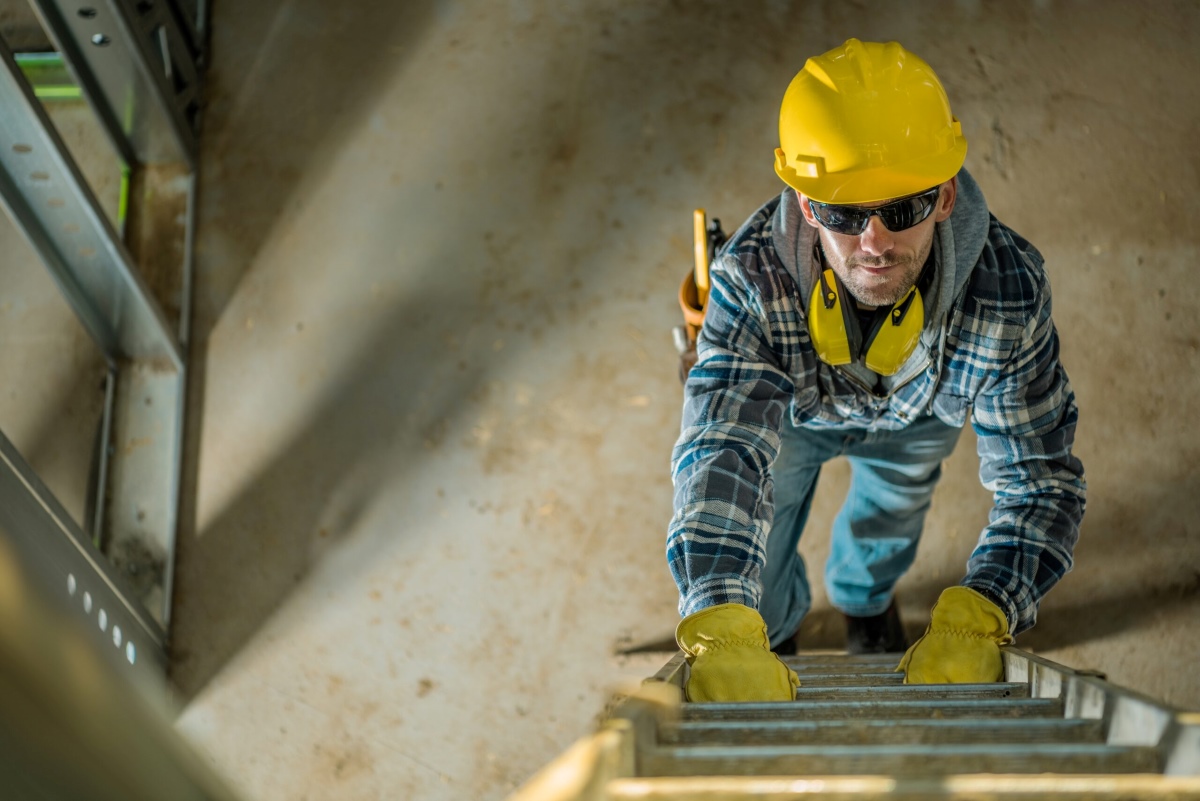
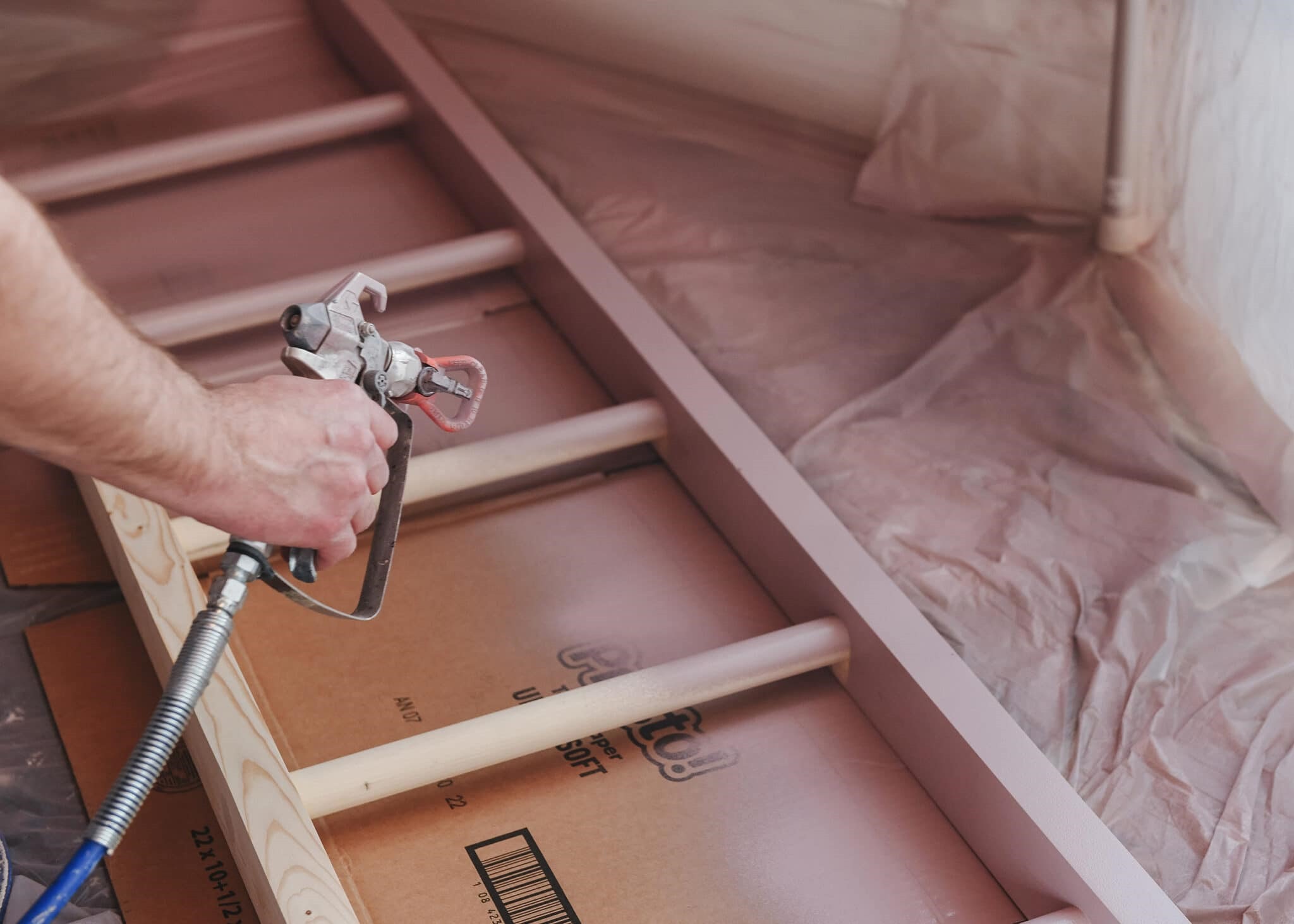


0 thoughts on “How To Store An Extension Ladder”